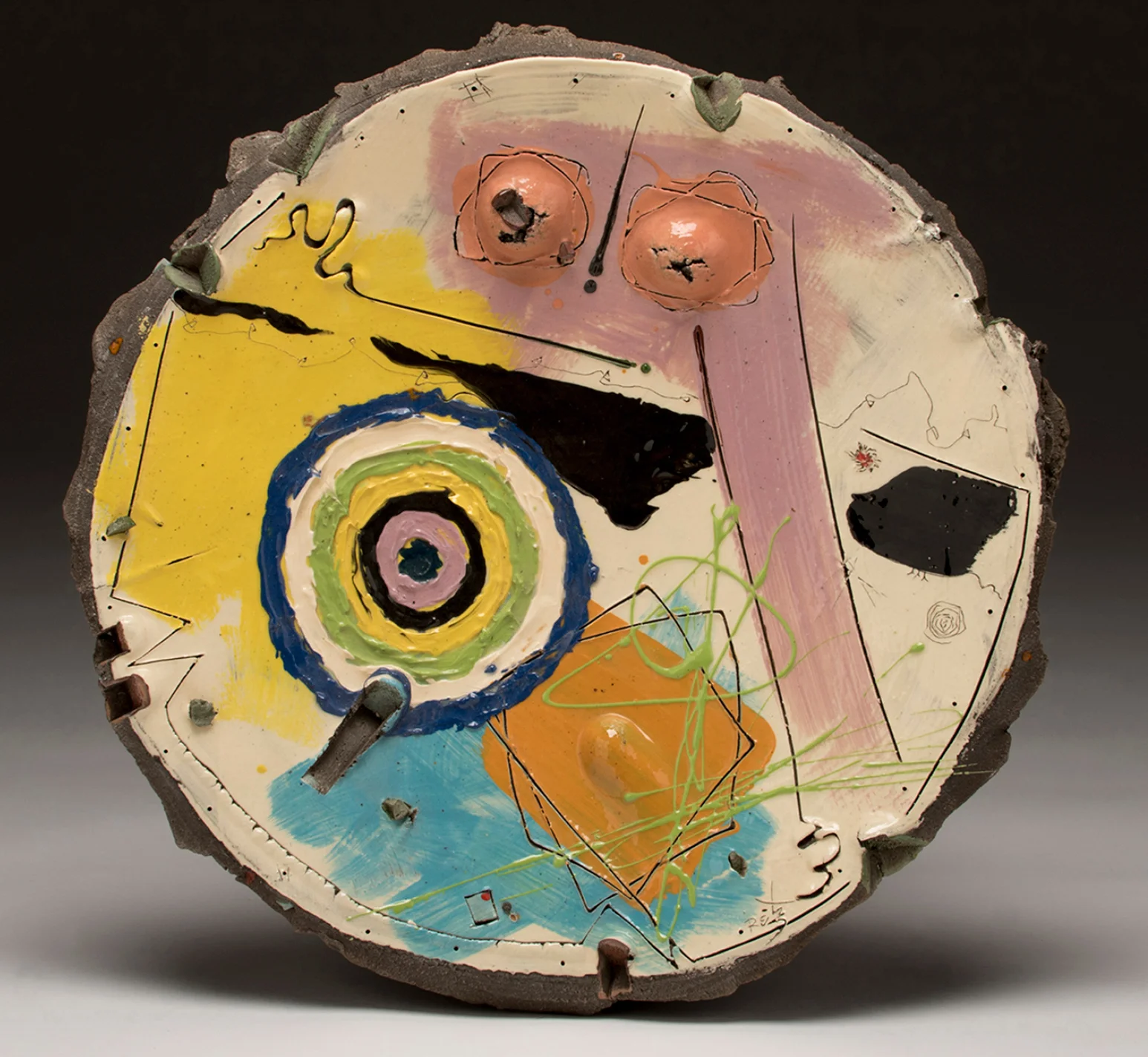The Oxnard Plain at The Basic Premise
By Tom Pazderka
The most recent show at The Basic Premise is the most politically driven that I’ve seen in the two years that the gallery’s been open. The exhibition, “The Oxnard Plain,” is a collection of zines, photographs, polaroids, paintings and small installations that is in part, and on the surface, a study in identity politics, but even more so, is something of an investigation into small city/big town daily life—intimate portraits, gang culture, street shots, grainy photography, gay men and lots of bodies on display.
ID politics are a deeply personal issue and not necessarily my cup of tea when art is concerned. ID Pol is an easy subject to exploit with a readily available and accepting audience and despite its seemingly radical stance against the totalizing nature of reactionary right-wing politics, ID Pol is today the hegemonic structure by which most mainstream politics are done, the Democratic debates are a classic example of how ID Pol is used in the hands of the ruling elites and this should send a shiver down everyone’s spine.
ABOVE: Sean Maung, “Tempo Suite.”
But “The Oxnard Plain” does not dwell so much on the low hanging fruit that is contemporary ID Pol as it does on everydayness and religiosity, the mundane and banal, bringing out a sense of importance within the minutiae of SoCal “family” life, postulating a notion that gangs and hardcore shows can be substitutes for family life when real family members aren’t around.
As with much of what The Basic Premise puts out into the ether, this “The Oxnard Plain” is a small tour of marginal DIY aesthetics—and this is this exhibition’s main asset. Much of the printed matter on display on the makeshift plywood table reads like random Instagram accounts, printed and bound in small batches, a recall of 80s and 90s punk and metal zine culture that survives to this day. There is a striking absence of text in the show, what little there is, is isolated to titles and simple phrases (plus some poetry), as if the assertion of the image is taken as inevitable even within this highly selective and specialized form of expression.
By far the best pieces are the makeshift paintings by Spencer Moody. They are crude, decrepit and highly sensitive image material, oozing a sense of immanent disaster or foreboding. They play with the reified notion of painting, foregrounding the desired effect rather than some high-minded concept of idea-production that is now associated with contemporary art. They’re not precious or overly punchy, they are, and that’s all that’s needed.
Spencer Moody, “neighborhood watch.”
Kevin Novales, “Polaroid.”
The small installations by Jaime Bailon, exhibition co-curator, integrate a sense of religious piety with a drab ritual everydayness, sameness channeled into the otherworldly. They’re too small to be awe-inspiring, but they describe the home DIY altar in a way that is appropriate and to scale.
As opposed to other shows that The Basic Premise has put on, there is very little here in terms of metaphysics or philosophy. “The Oxnard Plain” takes a direct message and presents it very directly. In some ways, the show is like a newspaper report, bearing witness to some sort of understanding of the human condition, people living their lives as they’ve always done.
ABOVE: Jaime Bailon, "Blogging has done nothing for me: I live at home with my parents."
”The Oxnard Plain” is on exhibit September 28 to October 19, 2019, featuring artists Jack Adams, Jaime Bailon, Valerie J. Bower, Sean Maung, Spencer Moody and Kevin Novales, at The Basic Premise, Ojai.
A discussion with Lum Art Zine, “The Oxnard Plain” curators Jaime Bailon and Brian Paumier, and select artists from the exhibition will take place on Sunday, October 20, at 4 p.m.
tompazderka.com
________
Cover image: Spencer Moody, "I did not ride in on a horse."
•
Want to write for Lum Art Zine? Contact editor@lumartzine.com.
Interested in how you can support Lum Art Zine? We are currently seeking sponsors for Lum Art Zine’s Summer 2020 issue. To get involved or to make a donation, contact editor@lumartzine.com.










